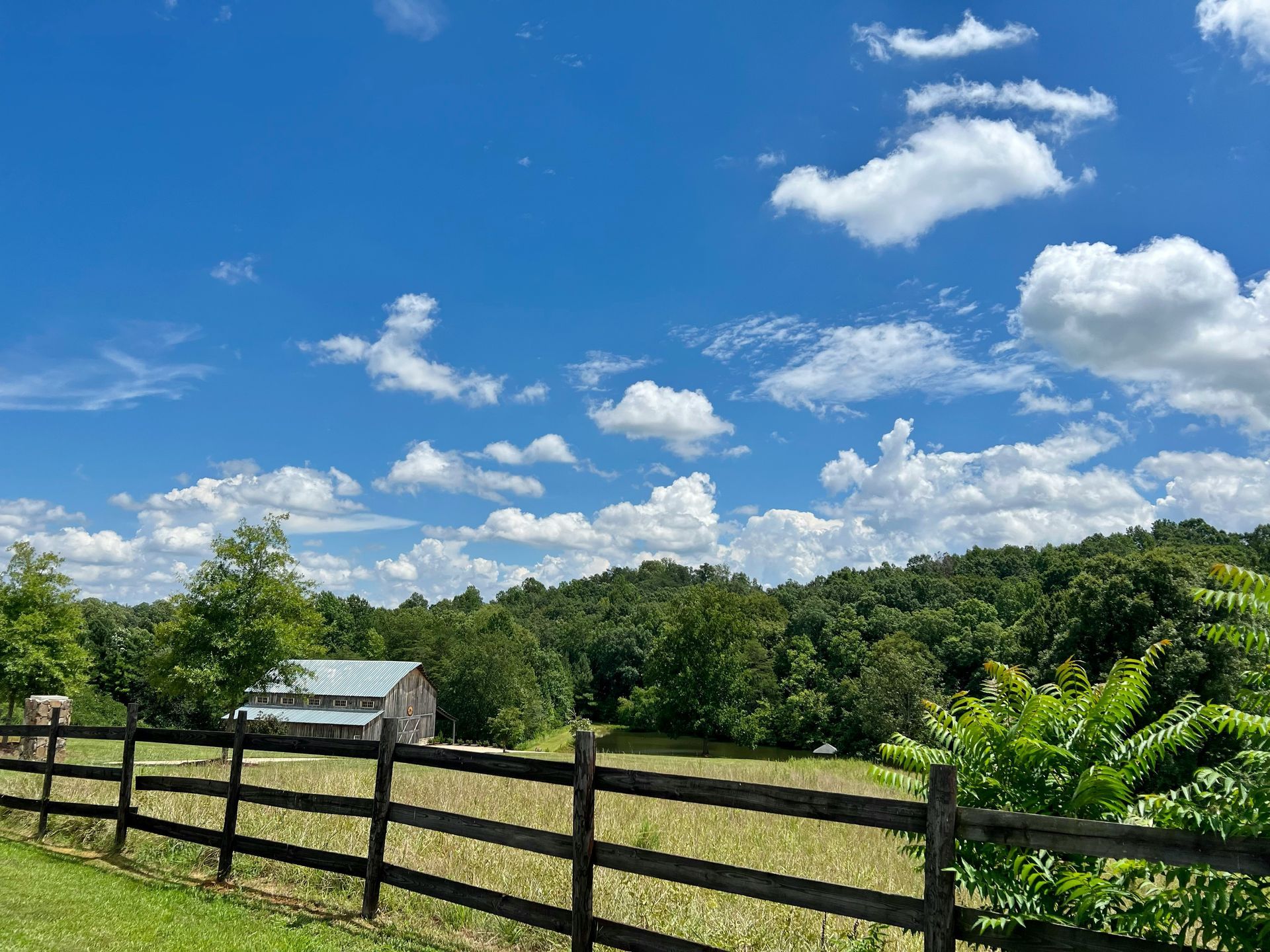Multi-Peril Crop Insurance in NC
Protecting What You Grow
Flexible coverage for row crops & more
Multi-Peril Crop Insurance (MPCI) is one of the most widely used coverage options for farmers in North Carolina. It provides protection against many of the natural risks that impact your yield — from droughts and floods to hurricanes and frost. This policy is backed by the USDA and is available for a wide range of crops grown in our region. We help farmers select the right coverage level and walk through what’s required to stay protected.


What MPCI Includes
Coverage options based on real risks
MPCI offers a broad level of protection that applies to both yield and revenue losses, depending on the plan you choose. It’s a core tool for farmers who want to protect their investment each season.
Revenue Protection (RP) Options
Helps if market prices fall between planting and harvest.
Drought & Excess Moisture
Losses due to too little or too much rain during the growing season.
Low Yield Protection
Pays out if your harvest falls below your guaranteed production level.
Hail, Wind & Frost
Weather events that damage or destroy crops before harvest.
Disease & Insects (from natural causes)
Coverage applies when damage occurs beyond your control despite good farming practices.
Available for Many Crops
Covers corn, soybeans, peanuts, tobacco, cotton, wheat, and more depending on your county.
How does MPCI work for farmers in North Carolina?
MPCI coverage is based on your farm’s actual production history (APH) and the level of coverage you choose. If your yield falls below that guaranteed amount due to covered conditions like drought or storms, the policy can help cover the financial loss. Some plans also include revenue protection, which adds coverage for price drops between planting and harvest. This gives farmers a more complete way to manage unpredictable weather and markets.
What kinds of events are typically covered?
MPCI is designed to cover many of the most common natural threats to crops in our region, like drought, hurricanes, hail, excess rain, frost, and disease. These risks can cause total or partial losses, depending on when they hit and how severe they are. The coverage is meant to reflect real conditions you can’t control — not things like poor farming practices. If something happens outside of your control, you may be eligible to file a claim.
Do I need to report anything to keep my coverage active?
Yes — every year you’ll need to report planted acreage and final production after harvest. These reports are required to maintain eligibility and ensure any future claims are processed accurately. We help clients stay on top of these deadlines and make sure the paperwork is filed properly. Accurate reporting helps keep things running smoothly and avoids issues if a loss occurs.
Is MPCI available for all crops and counties in North Carolina?
Most major crops grown in Eastern and Central North Carolina — like corn, soybeans, peanuts, cotton, and tobacco — are eligible for MPCI. The specific crops that are insurable can vary a bit by county, based on what’s grown there historically. If you grow something less common, we’ll check your eligibility and let you know what options are available. Even if a crop isn’t covered individually, you may still be able to insure it under a whole-farm plan.
What if I lose part of my crop, not the whole thing?
Partial losses are still covered if they bring your total harvest below your guaranteed level. An adjuster will look at your production and compare it to your coverage to determine if a claim can be paid. You don’t have to lose the entire crop to receive support. This kind of protection can make a real difference in years with uneven weather or localized storm damage.
